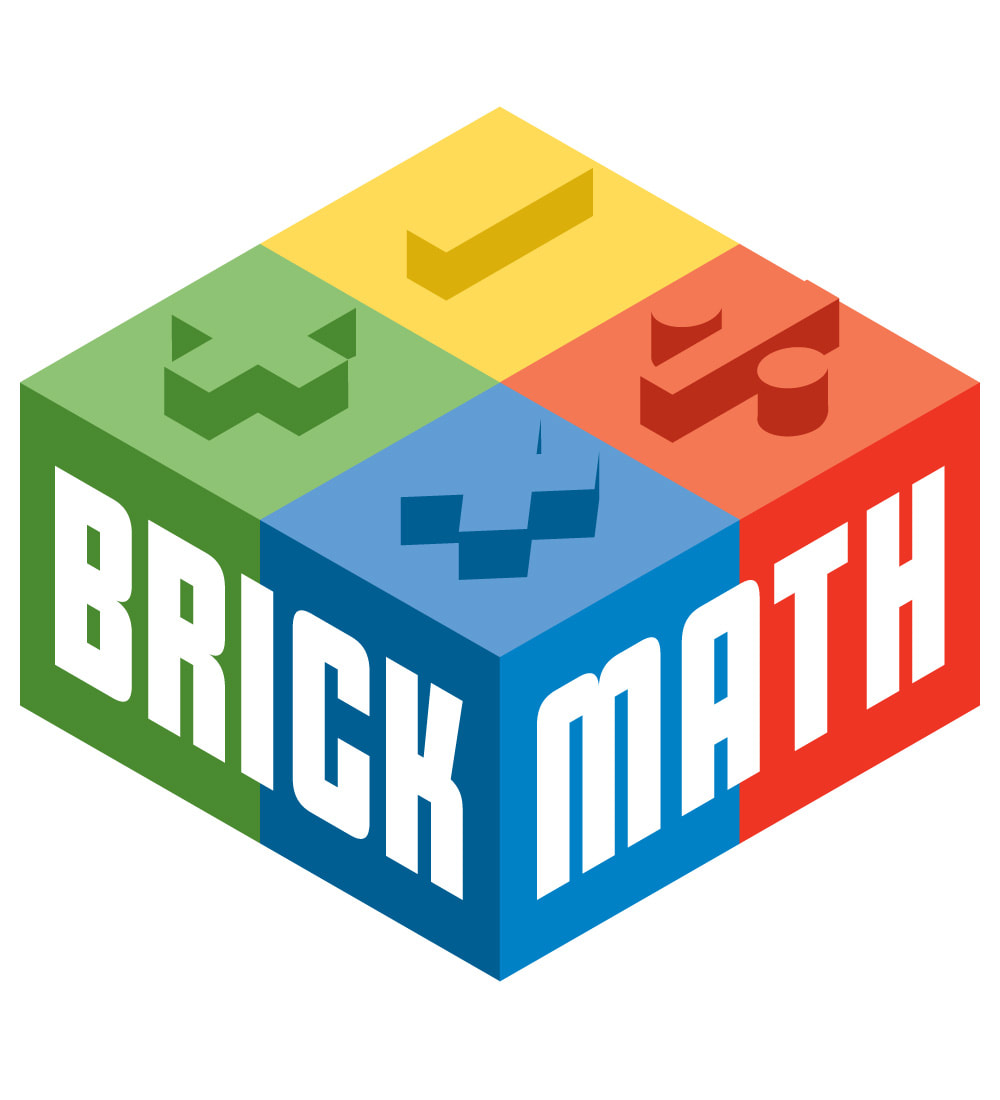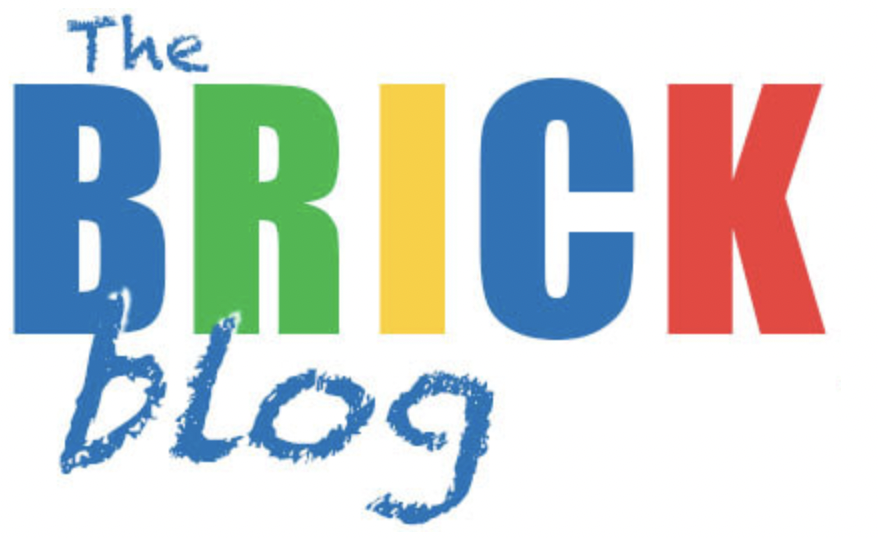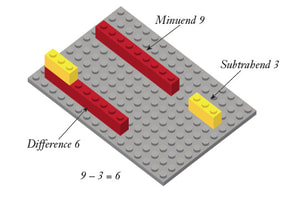 When a child plays a game where they give some things and keep others, they are starting to learn subtraction. But when they begin to learn subtraction in school, it can be tricky. Building models of subtraction with LEGO® bricks is a great way to show students how subtraction works. The Brick Math: Teaching Math Using LEGO® Bricks program utilizes the bricks as a manipulative for demonstrating the action of the math. Rather than taking away items that are subtracted, the program shows subtraction by stacking bricks, so that what’s left can be easily counted and understood. And as you can imagine, students have fun learning with LEGO® bricks! In Subtraction Using LEGO® Bricks, the hands-on activities using LEGO® bricks help students learn the concepts of: • start unknown subtraction • change unknown subtraction • result unknown subtraction • comparisons • decomposing numbers and place value Brick Math helps students learn subtraction through its integrated program. The teacher leads students through step-by-step lesson plans. Using the bricks, students create models of the math as they learn. They then draw the models they’ve created and explain how the models work. These different ways of interacting with the bricks lead to a deep understanding of subtraction. Modeling subtraction with LEGO® bricks in the Brick Math curriculum gives students the chance to be creative while learning math. They quickly discover multiple solutions for problems rather than looking for only one right answer. Using LEGO® bricks to learn math with Brick Math is fun—for the teacher AND the students! Click here to see videos of lessons from Subtraction Using LEGO® Bricks—Teacher Edition. Click here for a preview of the lesson, “What Does It Mean to Subtract?” from Subtraction Using LEGO® Bricks—Teacher Edition.
0 Comments
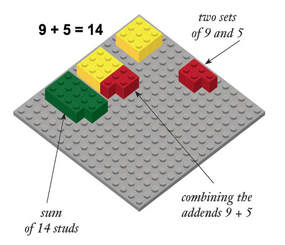 Using LEGO® bricks to model 9 + 5 = 14 Using LEGO® bricks to model 9 + 5 = 14 Learning addition is far more than memorizing “one plus one makes two”! After young students know about counting and cardinal numbers, they need to understand the idea of sets and putting objects together. Building models of addition with LEGO® bricks is the perfect way to show students the action of addition. The bumps on the bricks, which are called “studs,” are a great tool for using one-to-one correspondence to teach addition. Plus (pun intended!), students have fun learning with LEGO® bricks! In Addition Using LEGO® Bricks, the hands-on activities using LEGO® bricks help students learn the concepts of: • joining sets • solving part-part-whole problems • comparisons • decomposing numbers • place value Brick Math helps students learn addition through its integrated program. The teacher leads students through step-by-step lesson plans. Using the bricks, students create models of the math as they learn. They then draw the models they’ve created and explain how the models work. These different ways of interacting with the bricks lead to a deep understanding of addition. There are many different ways to model with LEGO® bricks in the Brick Math curriculum, and students have the opportunity to create multiple solutions for problems instead of looking for only one right answer. Learning math using LEGO® bricks with Brick Math is fun—for the teacher AND the students! Click here for a preview of the lesson, “What Does It Mean to Add?” from Addition Using LEGO® Bricks—Teacher Edition. 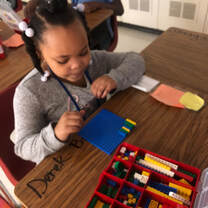 The first step in learning math is learning to count. But there’s more to counting than just reciting a string of numbers in order—lots more. You want your students to develop a solid base of fluency with numbers. They do this by learn to count on, count back, skip-count, and use one-to-one correspondence. Modeling math with manipulatives gets early learners off on the right foot. Brick Math uses LEGO® bricks as the manipulative to help your students visualize the math, so it’s fun to learn! In Counting and Cardinality Using LEGO® Bricks, the hands-on activities using LEGO® bricks help students learn: • pattern recognition • skip-counting • jump numbers • concepts of more than and less than • one-to-one correspondence Brick Math helps students learn counting and cardinality through its integrated program. The teacher leads students through step-by-step lesson plans. Using the bricks, students create models of the math as they learn. They then draw the models they’ve created and explain how the models work. These different ways of interacting with the bricks lead to a deep understanding of counting and cardinality. Using LEGO® bricks to model math adds creativity into the process of learning math. Brick Math gives students the opportunity to create multiple solutions for problems instead of looking for only one right answer. Click here to see several videos of lessons from Counting and Cardinality Using LEGO® Bricks—Teacher Edition. Using LEGO® bricks to learn math with Brick Math is fun—for the teacher AND the students! Click here for a preview of a lesson from Counting and Cardinality Using LEGO® Bricks—Teacher Edition. 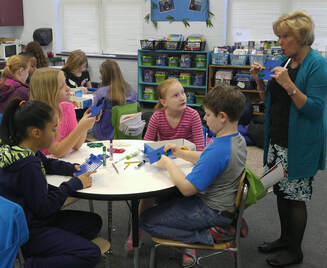 You’re an elementary school teacher who loves LEGO® bricks, and you’ve always wanted to use them to teach math. Finally, there’s a program to do it — Brick Math: Teaching Math Using LEGO® Bricks! Test out Brick Math with one Teacher Edition of any subject and one Student Edition of that subject. Use your own LEGO® bricks for now; the specific bricks you’ll need are listed at the beginning of each chapter and the whole list of bricks needed for the program is in each book's Appendix. Work through a few chapters with a student one-on-one. You’ll quickly see how easy Brick Math is to teach, and how much students enjoy learning this way. The two books will set you back less than $25, and the small investment will earn great rewards for you and your students. Another great way to start with Brick Math is to choose one subject and introduce it in a small group setting. For example, maybe you have some fourth graders who haven’t really ever understood fractions. Here’s all you need to start working with four students at a time: one Teacher Edition of Basic Fractions Using LEGO® Bricks, two brick sets (each set can be shared between two students), and (optional) four companion Student Editions of Basic Fractions Using LEGO® Bricks. This will cost less than $175. If your PTA offers small grants to teachers, this is the perfect use for that money! Here’s how you teach with any subject in Brick Math:
And here are some tips that author Dr. Shirley Disseler says will help when you’re first introducing Brick Math to your students:
Check the Brick Math website for videos that will help you get started teaching with Brick Math. The site, www.brickmath.com, has lots of info about how to teach math using LEGO® bricks! |
Categories
All
Archives
July 2024
|

